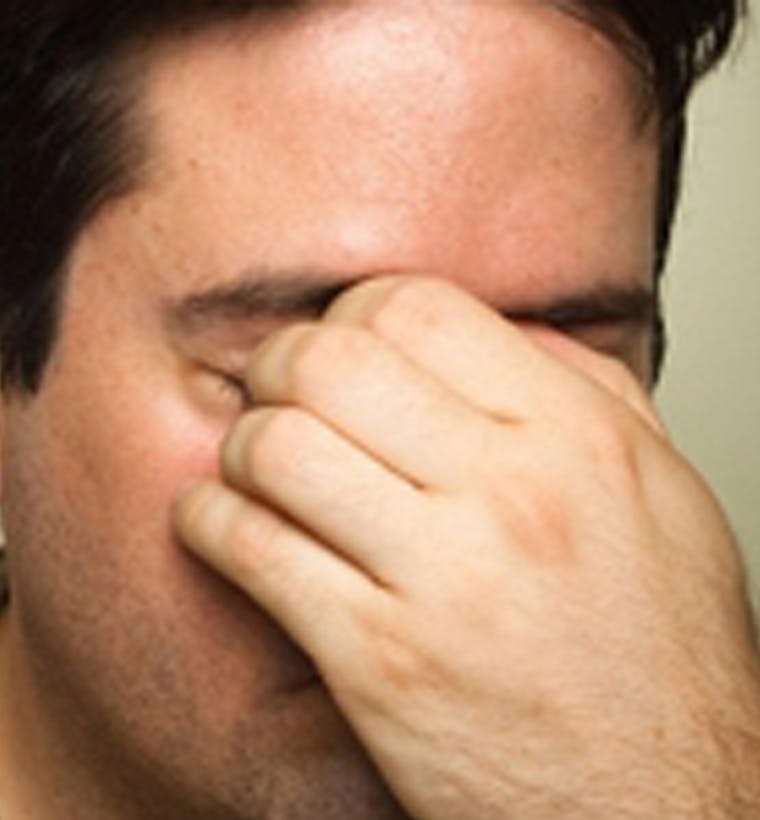Understanding Different Types of Back Pain

Understanding different types of back pain [OR] Which type of back pain is causing you trouble?
4 out of 5 people will suffer from back pain at some point in their lives1 and one in six working days lost to ill-health is as result of back pain2 often without warning.3 There are countless causes of back pain , from lifting the children up, to hunching over a laptop. However it happens, the pain can be debilitating and cause real disruption to daily life.3
An important step in managing back pain is to understand the basics.
Upper back pain versus lower back pain
Back pain may originate from either the upper back (the thoracic back - the part of the back where the ribs attach) or the lower back.4
Upper back pain can be felt in the top half of the back and in the shoulders and neck.
This can be caused by damage to ligaments and tendons that have been overstretched,5 for example during a vehicle accident, or during a workout. The large muscles of the upper back are also prone to muscle irritation, or myofascial pain, due to daily wear and tear, or simply lack of strength.
Poor posture, obesity, and weak abdominal muscles can all disrupt spinal balance further, causing the neck to bend forward to compensate. Likewise, stress and emotional tension can cause muscles to tighten and contract.6 Postural stress in particular can contribute to chronic pain in the neck, upper back and the arms.6
To tackle pain in the upper back consider taking over-the-counter pain relievers, like paracetamol.5 As with all medicines, it’s important to follow the directions stated on the pack. It’s also a good idea to talk to a physician or a chiropractor about posture, particularly in the workplace. Exercises and relaxation techniques may also help relieve recurring joint irritation and tension in the muscles of the neck and upper back.6
In contrast, lower back pain, is felt at the base of the back. Lower back pain may occur from lifting something too heavy, from overstretching the lower back muscles, or from direct injury or trauma.4 These events can cause a sprain or strain in the lower back, leading to pain and sometimes muscle spasms.4 Excessive weight, smoking and stress may also contribute to lower back pain.4
Occasionally, lower back pain can be the result of certain conditions, including bone diseases, arthritis, viral infection, or spine abnormalities.4
To treat lower back pain, try using over-the-counter pain relievers or hot or cold compression packs.2 Safe, low-impact exercises like swimming or walking can also help speed recovery by strengthening back and abdominal muscles.4
Acute versus chronic back pain
Regardless of the location, back pain can be classified further as either acute or chronic, based on how long the pain lasts.2,4 Upper or lower back pain may be either acute or chronic in nature.
Acute back pain is short-term pain, typically lasting from a few days to a few weeks. Most acute pain is the result of trauma to the back or from a condition like arthritis. Acute pain symptoms range from shooting or stabbing pain, to mild muscle aches, limited flexibility and range of motion, and inability to stand up straight.4
If back pain lasts for 3 months or more, it is considered chronic back pain. Chronic back pain is often progressive, meaning it gets worse over time. The cause of chronic pain can be hard to determine and usually requires treatment from a medical professional.4
With any type of back pain, prevention, when possible, is important for long-term health. Preventive measures include maintaining proper posture, staying at a healthy weight, and using a combination of strengthening exercises.4
Applying the principles of ergonomics can also reduce the risk of back injury and pain.4
Ergonomics is a way of designing furniture and tools to prevent bodily injury — at the office and at home
If you have questions about back pain, or the available treatment options, talk to your healthcare provider.
References
- HSE http://www.hse.gov.uk/press/2006/e06107.htm
- NHS Choices. Back pain. Available at http://www.nhs.uk/conditions/back-pain/Pages/Introduction.aspx. Accessed August 2010.
- Arthritis News. A pain in the back. Supplement August/September 2003:21-28.
- The National Institutes of Neurological disorders and stroke. http://www.ninds.nih.gov/disorders/backpain/detail_backpain.htm#119453102. Accessed August 2010.
- Australian Acute Musculoskeletal Pain Guidelines Group. Evidence-Based Management of Acute Musculoskeletal Pain. The National Health and Medical Research Council, 2003.
- American Chiropractic Association. http://www.acatoday.org/level2_css.cfm?T1ID=13&T2ID=68. Accessed August 2010.




